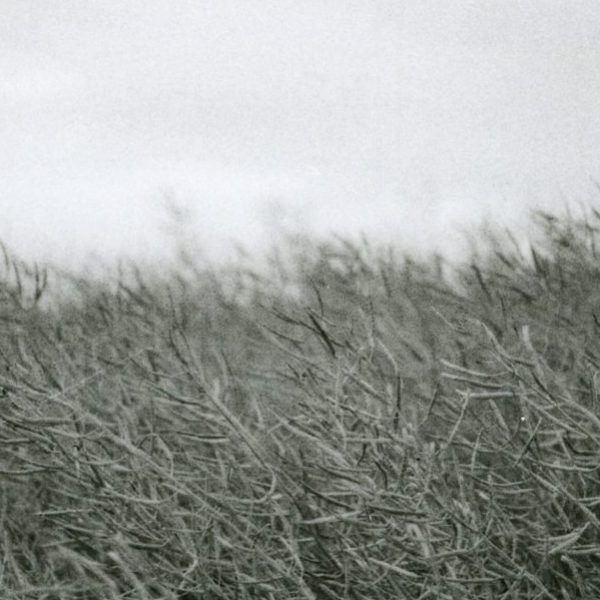Gautier at the Opera
 Tonight, L’Opéra National de Paris hosts the second of a two-night special event in honor of the bicentennial of the birth of Théophile Gautier, the French poet, dramatist, and critic who is known for his devotion to Art for Art’s sake. Author of the scenario for the classic ballet Giselle, Gautier fell in love with the first dancer to play the title role, and though his affections were not returned, his love for dance continued unabated, and his writings on ballet are still considered among his most influential work. Tonight’s program in Paris concludes with a selection from Giselle, a testament to the appeal of the lovely peasant girl at the center of Gautier’s creation.
Tonight, L’Opéra National de Paris hosts the second of a two-night special event in honor of the bicentennial of the birth of Théophile Gautier, the French poet, dramatist, and critic who is known for his devotion to Art for Art’s sake. Author of the scenario for the classic ballet Giselle, Gautier fell in love with the first dancer to play the title role, and though his affections were not returned, his love for dance continued unabated, and his writings on ballet are still considered among his most influential work. Tonight’s program in Paris concludes with a selection from Giselle, a testament to the appeal of the lovely peasant girl at the center of Gautier’s creation.
Selected Lyrics, YUP’s collection of Gautier’s poetry translated by Norman R. Shapiro, gives us another glimpse into Gautier’s appreciation for the beauty of the female form in motion. The poem “To a Pink Dress,” which Shapiro presents alongside the original luxuriant French, paints a sensuous picture of a woman whose appearance is nothing short of breathtaking. Although Shapiro cites a glamorous Parisian model and courtesan called Apollonie-Aglaé Sabatier as the poem’s direct inspiration, it is easy to imagine how the flowing tutu and poised arms of the ballerinas Gautier saw onstage might have influenced the work. The swirling fabric that makes up the dress of the poem’s title reminds us of the folds of Giselle’s tutu, shimmering as she dances under the stage lights.
To a Pink Dress
I love you in that dress, scant-gowned,
Showing so fair your bosom’s charm,
Jutting your firm breasts high, globes round,
Baring your naked, pagan arm.
Frail wisp of cloth, like wing of bee,
Fresh as a tea-rose heart, that dress—
Scarlet caress—goes fluttering free,
Swirling about your loveliness.
Your skin’s pale silver quiverings
Glisten among the silken sash’s
Glints, that reflect pink shimmerings
Back to your flesh in little flashes.
Whence comes that strange dress that could be
One with your flesh, enmeshed therein;
Live threads that blend mysteriously
Their bright pinks with your tender skin?
Is it from dawn’s reddish rays looming
Over the morn, or from the shell
Of Venus, or breast’s bud-tip blooming,
That come these rare tones? Who can tell?
Or has the cloth the roses’ hue
Of modesty, naïve and fresh?
No! Twenty times a model, you
Know well the splendors of your flesh!
Then, letting fall the veil, you would
Let art perceive reality,
And—as Princess Borghese could—
Pose for Canova, nude as she!
Those pink folds are the lips whereof
I dream, yearn—unfulfilled—to drape
Your body, that fends off my love,
At length, with a kiss-woven cape.
A Une Robe Rose
Que tu me plais dans cette robe
Qui te déshabille si bien,
Faisant jaillir ta gorge en globe,
Montrant tout nu ton bras païen !
Frêle comme une aile d’abeille,
Frais comme un cœur de rose-thé,
Son tissue, caresse vermeille,
Voltige autour de ta beauté.
De l’épiderme sur la soie
Glissent des frissons argentés,
Et l’étoffe à la chair renvoie
Ses éclairs roses réfletés.
D’où te vient cette robe étrange
Qui semble faite de ta chair,
Trame vivante qui mélange
Avec ta peau son rose clair ?
Est-ce à la rougeur de l’aurore,
A la coquille de Venus,
Au bouton de sein près d’éclore,
Que sont pris ces tons inconnus ?
Ou bien l’étoffe est-elle teinte
Dans les roses de ta pudeur ?
Non ; vingt fois modelée et peinte,
Ta forme connaît sa splendeur.
Jetant le voile qui te pese,
Réalité que l’art rêva,
Comme la princess Borghèse
Tu poserais pour Canova.
Et ces plis roses sont les lèvres
De mes désirs inapaisés,
Mettant au corps dont tu les sèvres
Une tunique de baisers.
Copyright © 2011 by Yale University.




Great post today. I really enjoyed reading it very much. You have an excellent blog here. Thanks again for sharing.
Take a look at – The Leave are Changing